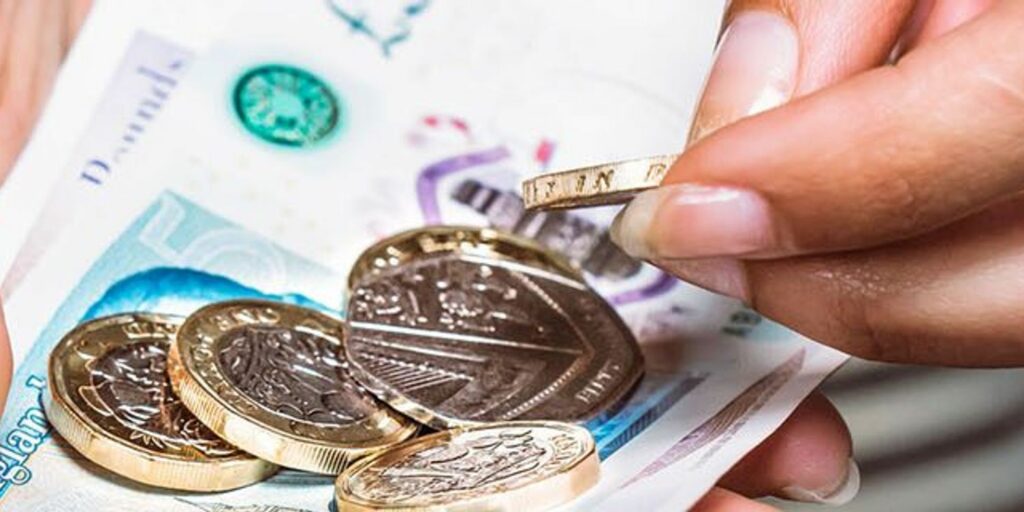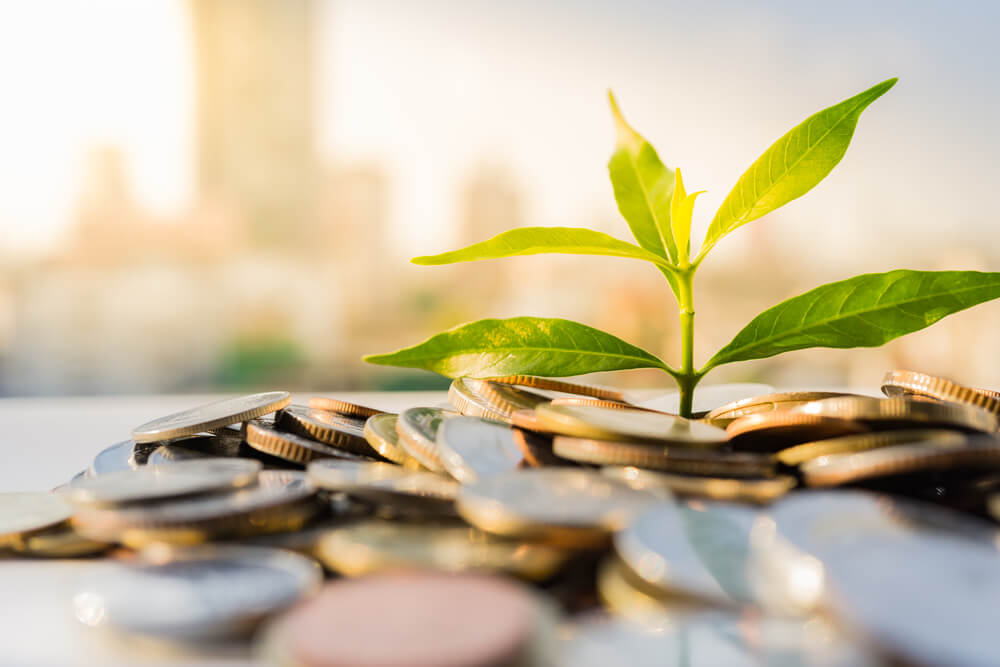Saving money and protecting the environment are two priorities that often seem at odds with one another. However, with a little effort and some smart decision-making, you can do both at the same time. By cutting out certain items from your shopping list and making some simple changes in your daily habits, you can significantly reduce your environmental impact and free up some extra cash. Whether you’re looking to save a few dollars each month or make a more significant impact, there are many things you can stop buying to save money and the environment.
We all have our own reasons for wanting to save money and protect the planet, but the good news is that many of the changes we can make are small and easy to implement. By focusing on reducing waste, conserving energy, and making more sustainable choices, we can help build a better future for ourselves and future generations. In this article, we’ll take a look at the top 10 things you can stop buying to save money and the environment. From single-use plastics to unnecessary gadgets, we’ll explore the ways in which you can make a difference and see real savings in your wallet.

The Top 20 Best Saves For Your Wallet & The Environment
Saving money and protecting the environment often go hand in hand. By making conscious decisions about what we buy and what we don’t, we can significantly reduce our impact on the environment and our expenses. Here are the top 20 things you could stop buying to save money and the environment:
- Single-use plastics such as water bottles, plastic cutlery, and straws: Single-use plastics can be a major source of waste, and they often end up in landfills or oceans, where they can harm wildlife and the environment. By using reusable water bottles and bringing your own reusable cutlery and straws, you can reduce waste and save money on purchasing disposable items. Did you know for example, using a paper cup is estimated to save between 45-85 gallons of water from being used and disposed of each year?
- Disposable razors and other disposable personal care items: Disposable razors, makeup wipes, and other disposable personal care items can quickly add up and create a lot of waste. Investing in reusable razors, washcloths, and other reusable alternatives can save you money and reduce waste in the long run. (A recent study found that 2 billion disposable razors end up In landfill every year. The best way to reduce plastic waste is by switching from disposables to reusable razors).
- Pre-packaged and processed foods: Pre-packaged and processed foods often come with a lot of packaging and can be more expensive than making meals from scratch. By cooking your own meals, you can save money and reduce waste from packaging.
- Single-serving snacks and drinks: Single-serving snacks and drinks are often more expensive and come in packaging that can generate a lot of waste. Consider purchasing snacks and drinks in bulk and portioning them out in reusable containers to save money and reduce waste.
- Unnecessary gadgets and electronics: Buying the latest gadgets and electronics can be tempting, but they often end up unused and eventually discarded, adding to e-waste. By avoiding unnecessary purchases and fixing or upgrading items you already own, you can save money and reduce e-waste.
- Bottled water: Purchasing bottled water can add up and generate a lot of plastic waste. Investing in a reusable water bottle and using a water filtration system can save you money and reduce waste. In the UK alone, over 1 million tons of plastic waste are generated every year. Most of this waste ends up in landfills or oceans, where the toxins from items such as bottles can have a lasting impact on wildlife and marine life. You should consider switching to tap water for your daily hydration needs.
- Paper towels and napkins: Paper towels and napkins are often used once and then discarded, generating a lot of waste. By using reusable cloth napkins and towels, you can save money and reduce waste.
- Conventional cleaning products: Conventional cleaning products often contain harsh chemicals and can be expensive. By making your own cleaning products using natural ingredients like vinegar, baking soda, and lemon juice you can save money and reduce waste from packaging.
- Excessive amounts of clothing: Fast fashion and excessive clothing purchases can quickly add up, both financially and in terms of waste from discarded clothing. By buying second-hand items, repairing and repurposing clothing you already own, and investing in high-quality pieces that will last, you can save money and reduce waste.
- Excessive packaging: Packaging from products such as snacks, electronics, and household items can generate a lot of waste. By purchasing products with minimal packaging or in bulk, you can save money and reduce waste.
- Plastic wrap and aluminum foil: Plastic wrap and aluminum foil are often used once and then discarded, generating a lot of waste. By using reusable containers, beeswax wraps, or silicone food storage bags, you can save money and reduce waste.
- Expensive takeout and restaurant meals: Eating out or ordering takeout can be expensive and often generates a lot of waste from packaging and disposable utensils. By cooking meals at home and bringing leftovers for lunch, you can save money and reduce waste.
- Brand-new items that can be bought second-hand: Buying brand-new items can be expensive and contribute to waste from discarded items. By shopping second-hand or buying from thrift stores, you can save money and reduce waste.
- Excess home decorations and furniture: Excessive home decorations and furniture can quickly add up, both financially and in terms of waste from discarded items. By investing in high-quality, long-lasting items and avoiding clutter, you can save money and reduce waste.
- Excess and unnecessary beauty products: Excessive and unnecessary beauty products can be expensive and contribute to waste from packaging. By using fewer products and investing in multi-use items, you can save money and reduce waste.
- Unused gym memberships: Unused gym memberships can be a waste of money and can encourage unsustainable modes of transportation to get to the gym. By finding free or low-cost workout options like running or biking, you can save money and reduce your carbon footprint.
- Overpriced energy drinks and bottled juices: Energy drinks and bottled juices can be expensive and generate a lot of waste from packaging. By making your own drinks at home using ingredients like fruit and herbs, you can save money and reduce waste.
- Non-rechargeable batteries: Non-rechargeable batteries are a source of waste and can be expensive to replace. By using rechargeable batteries, you can save money and reduce waste.
- Fast fashion: Fast fashion encourages the rapid production and disposal of clothing, contributing to waste and pollution. By investing in high-quality, long-lasting items and avoiding fast fashion, you can save money and reduce waste.
- Unnecessary car trips and excessive air travel: Cars and airplanes are major sources of carbon emissions, and unnecessary trips can be expensive. By carpooling, taking public transportation, or finding alternative modes of transportation, you can save money and reduce your carbon footprint.
Summary
In conclusion, saving money and the environment go hand in hand. By making conscious choices about what we buy and how we live, we can reduce waste and pollution, as well as save money in the process. From investing in reusable items to finding alternative modes of transportation, there are many simple and practical steps we can take to make a positive impact on both our wallets and the planet. Remember, small changes can add up to big results. By prioritizing the environment and our finances, we can create a better future for ourselves and future generations.















Recent Comments